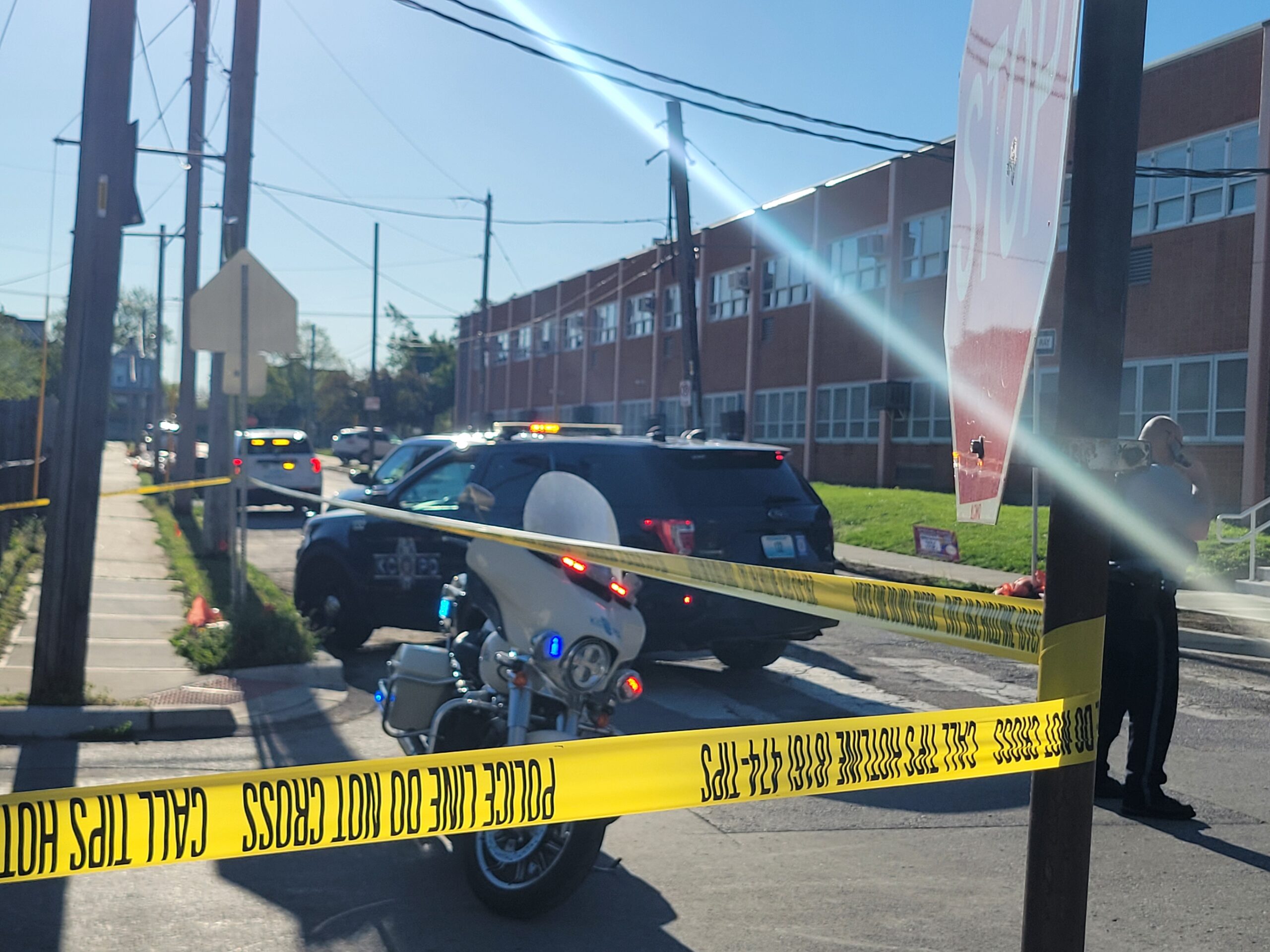By LESLIE COLLINS
Northeast News
May 1, 2013
Not wearing a seat belt in Kansas City could now cost you $50.
In unanimous support, Kansas City City Council members adopted a primary seat belt ordinance April 18 and raised the fine for not wearing a seat belt from $10 to $50.
“At the end of the day, it’s about compliance, getting people to wear their belts,” City Council member Scott Wagner said.
Between 2008 and 2012, 189 fatalities occurred in Kansas City as a result of not wearing a seat belt, said Maj. Jim Pruetting of the Kansas City Police Department’s Traffic Division. That accounts for 65 percent of persons killed in a truck, car or SUV.
Before passing the ordinance, which took effect April 28, Kansas City had a secondary seat belt ordinance, which meant officers could only issue a ticket for not wearing a seat belt if they witnessed another traffic offense first. Now, officers can pull a motorist over for solely not wearing a seat belt.
According to the National Highway Traffic Safety Administration (NHTSA), wearing a seat belt is the most effective way to prevent death and serious injury. When seat belts are worn, the risk of fatal injury to front seat passengers is reduced by 45 percent and the risk of moderate to critical injuries is reduced by 50 percent, according to NHTSA. Approximately 12,546 lives were saved in 2010 as a result of wearing seat belts, NHTSA reported.
While the national average for seat belt use is 84 percent, Missouri’s seat belt usage rate is 77.2 percent.
“Even though Missouri’s rate is pretty sorry, ours is worse,” City Council member John Sharp said.
In Kansas City, the seat belt usage rate is about 70 percent, Pruetting said.
If Kansas City could have increased its seat belt usage rate by 12 percent, an estimated 43 lives could have been saved over the past five years, Pruetting said.
“It’s not just fatalities. The fatalities are just the tip of the ice berg,” said Phyllis Larimore, Children’s Mercy coordinator for the Center for Childhood Safety. “Underneath that tip are the injuries that are incapacitating.”
When parents suffer debilitating injuries as a result of not wearing a seat belt, it can prevent them from providing for their families and the medical costs continue to climb, she said. If a parent dies, a child loses a primary caregiver and must deal with the effects of losing a parent, she said.
City Council members are hoping to raise Kansas City’s seat belt compliance rate through the new ordinance and Pruetting said that states with a primary seat belt law benefit from a higher compliance rate. In 2012, states with a primary seat belt law had a 90 percent seat belt usage rate while states without a primary law had a 78 percent usage rate, he said.
“This (ordinance) is just another tool in the tool box,” City Council member Scott Taylor said. “If we can reduce that fatality rate, it’s well worth it.”


















